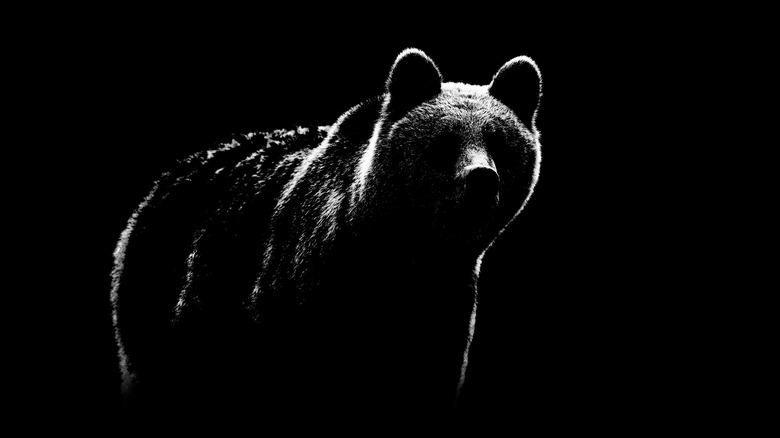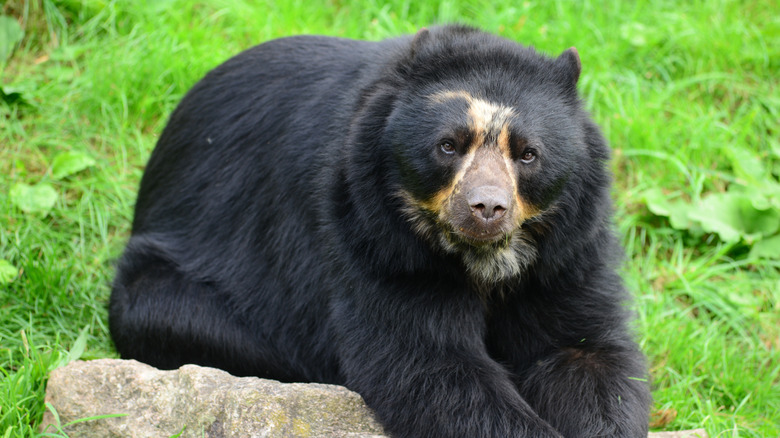The Largest Bear Species Today Is Nothing Compared This Prehistoric Nightmare
Few animals have inspired as much awe and terror within human culture as bears. Japanese folklore tells of Onikuma, the demon bear that steals whole cows and horses. The Indian epic, the Ramayana, tells of the wise and powerful bear king Jambavan, who plays an instrumental role in defeating the demon, Ravana. The Bible, too, paints a terrifying portrait of these beasts when, in the Book of Kings, a pair of bears murders 42 boys who insulted the prophet Elisha. It seems that everywhere bears roamed, they found a way into local folklore, with their physical dominance at the forefront. Little did those ancient storytellers know, the bears they encountered were nothing compared to what walked the Earth before human beings.
The largest bears in the world today are the polar bear and the Kodiak bear (which is a subspecies of brown bear). Both can be found in the far northern latitudes, including Alaska, and with body masses that can eclipse 2,000 pounds, they rank among the largest mammals in the United States. However, neither the polar bear nor the Kodiak bear can hold a candle to the extinct bear species known as Arctotherium angustidens, or the South American giant short-faced bear. These absolute behemoths could weigh more than 3,500 pounds. In comparison, the largest polar bear on record weighed just over 2,200 pounds. On its hind legs, A. angustidens stood 11 feet tall. It would have been the ultimate apex predator, so why don't today's bears get anywhere close to its size?
How Arctotherium angustidens got so big
Arctotherium angustidens was able to reach sizes unheard of amongst modern bears because the environment it inhabited was dramatically different. This species lived between 2 million and 500,000 years ago in the region of present-day Argentina. Bears weren't native to the Americas though; they evolved in Eurasia and made their way across the now-submerged Bering land bridge, taking the same route as the first humans in America. When the first bears reached South America over 2 million years ago, they found a land with no predators fit to challenge them, allowing them to dominate the native species and grow to massive sizes.
Without serious competition in the food chain, A. angustidens ate everything it could, including meat, fish, berries, and leaves. With their awesome power, they likely hunted more meat than any modern bears do. However, the larger a species gets, the more food it needs, and once other large predators began to emerge in South America, A. angustidens was no longer able to monopolize the food chain to feed its needs. Ultimately, it was smaller bear species, which needed less food to get by, that proved the fittest for long-term survival.
Today, there is only one species of short-faced bear remaining on Earth: Tremarctos ornatus, better known as the Andean bear or spectacled bear (due to the fur pattern on its face). Maxing out at around 400 pounds, its ability to endure where its massive cousin could not shows that bigger isn't always better.

